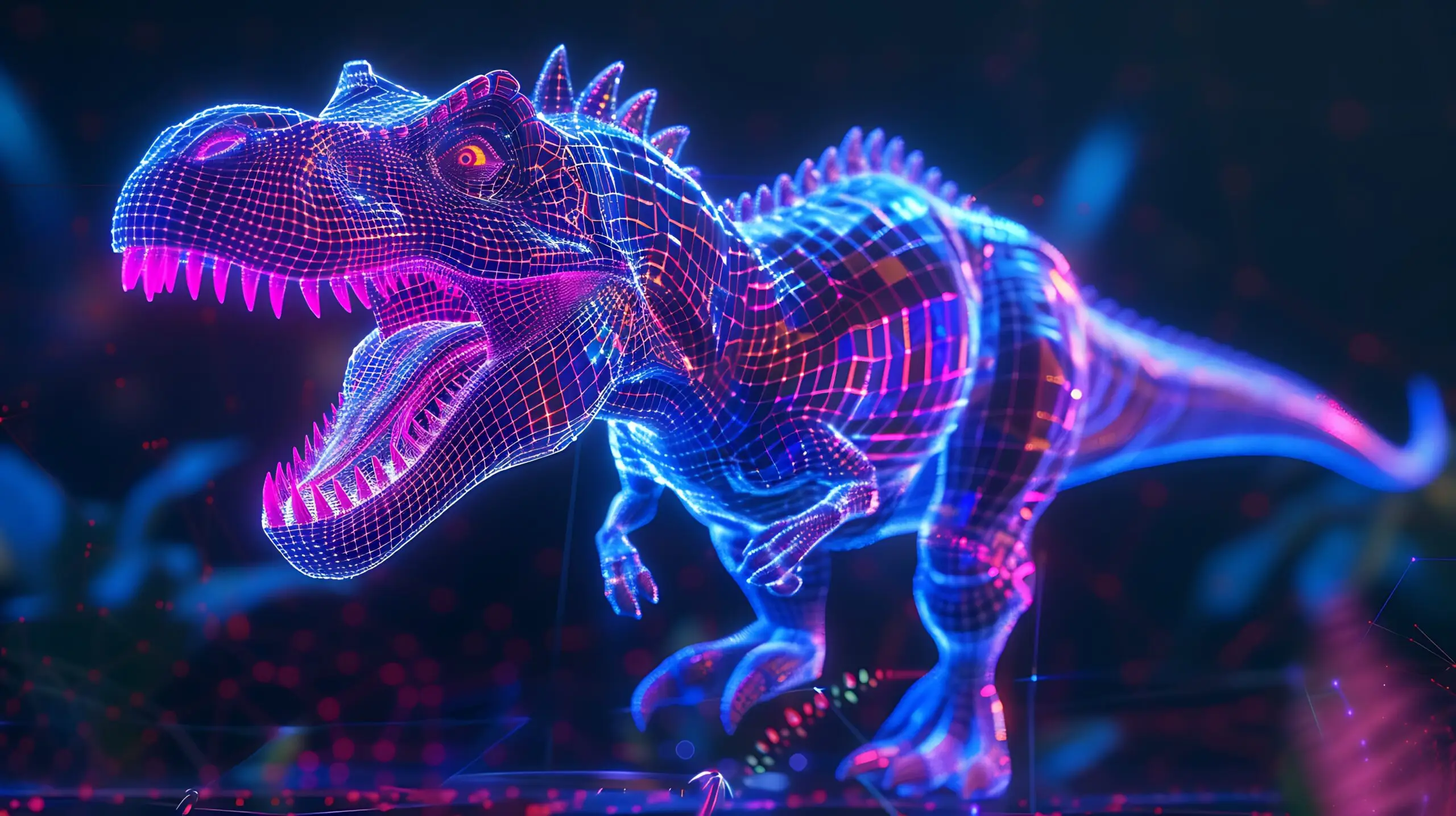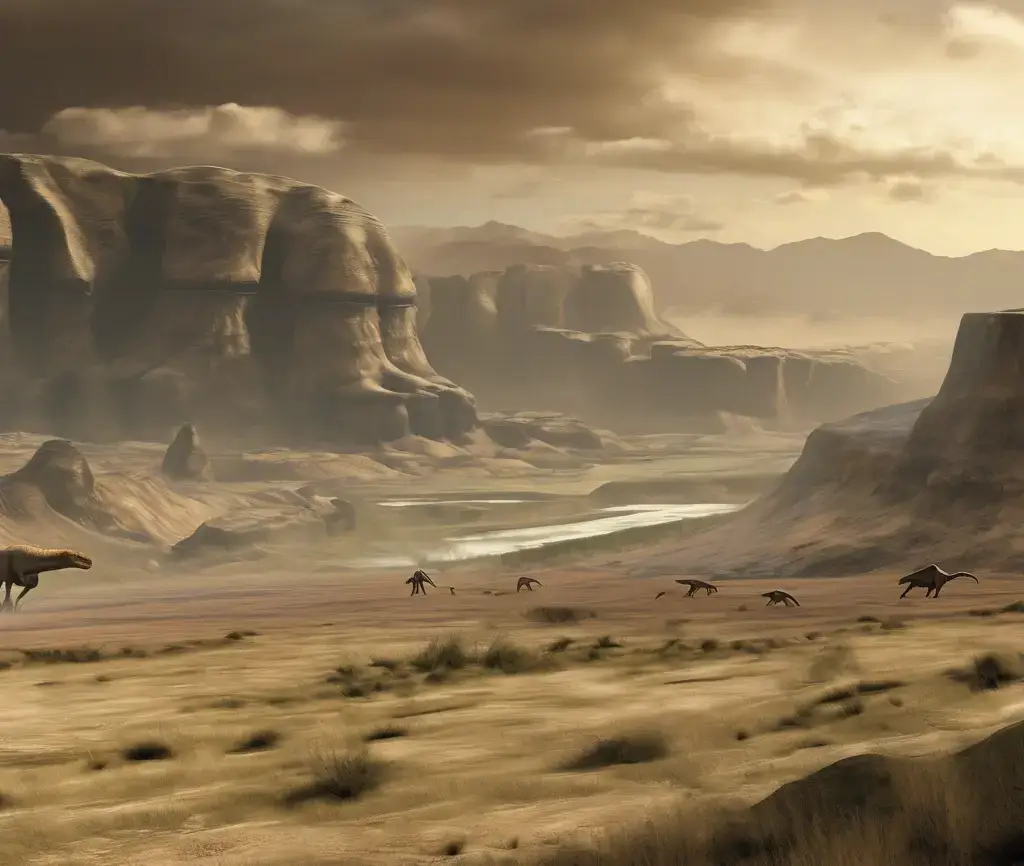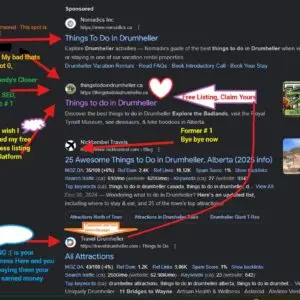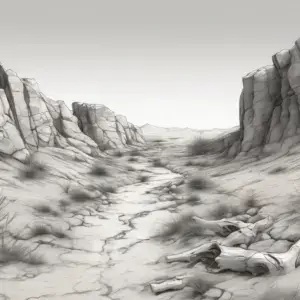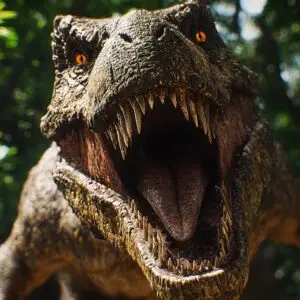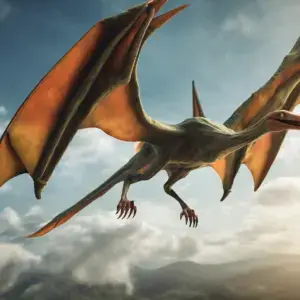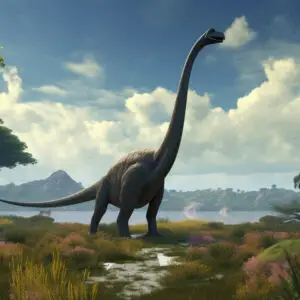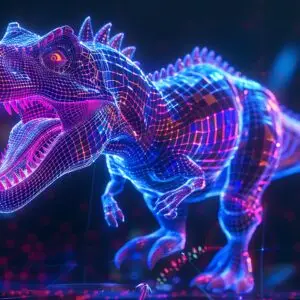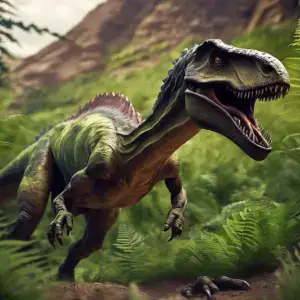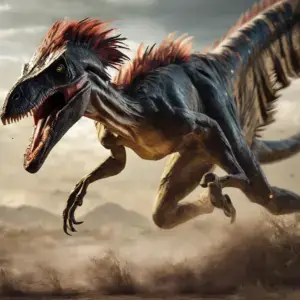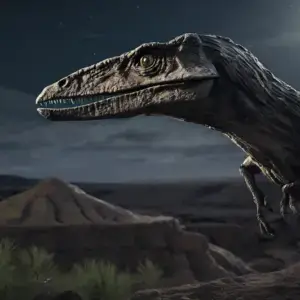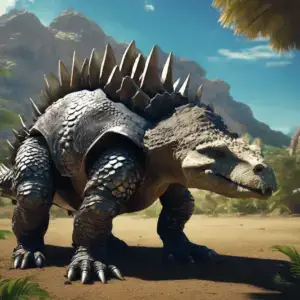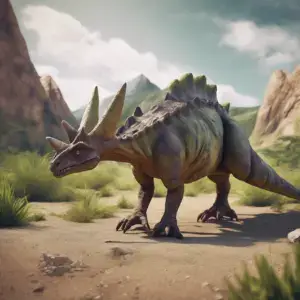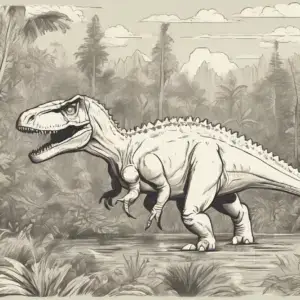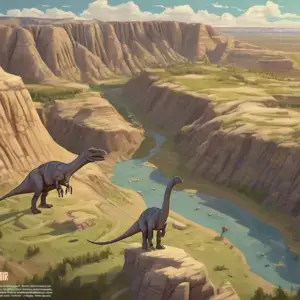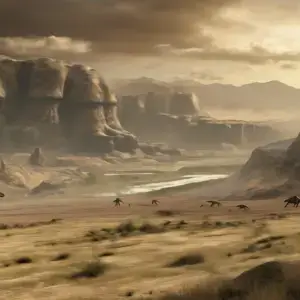Velociraptor: The Clever Hunter of the Cretaceous
AJ
Things to do in Drumheller
Explore Velociraptor’s speed, smarts, and sickle claws in this fun dive into the real Jurassic Park star.
Picture a dinosaur that didn’t need size to strike fear—a lean, feathered speedster darting through the Cretaceous sands, sickle claws gleaming, ready to pounce with a predator’s cunning. That’s Velociraptor, the pint-sized terror that ruled Mongolia’s deserts 75 million years ago, a far cry from the oversized movie monster of Jurassic Park. This was a real hunter—quick, sharp, and smarter than your average dino, blending bird-like grace with a killer’s edge. Let’s race back to the Late Cretaceous and unpack the epic, sprawling tale of Velociraptor, a dino that proves brains and agility can outshine brawn every time.
A Body Built for Speed
Light as a Feather, Fast as a Flash
Velociraptor wasn’t a giant—it stretched just 6 feet from snout to tail and tipped the scales at 33 pounds, about the size of a big turkey with attitude. But don’t let that fool you; this dino was a speed demon, clocking up to 40 miles per hour across the Gobi Desert’s dunes. Fossils from Mongolia’s Djadochta Formation show a frame built for it—long, slender legs with springy tendons, a lightweight skull, and a stiff tail that acted like a rudder for balance. Picture it sprinting through scrub, dodging rocks and rivals, a blur of feathers and fury. Its bones were hollow, a trick shared with birds, keeping it nimble enough to chase down anything that moved—small lizards, mammals, even baby dinos too slow to escape. That speed wasn’t just for show; it was a ticket to survival in a harsh, sandy world where every meal was a race.
Claws That Cut
The real star was that sickle claw—3 inches long on each foot, curved like a scimitar, and held off the ground when it ran, keeping it razor-sharp. Fossils show it could retract this claw, popping it out like a switchblade for the kill. One famous find, the “Fighting Dinosaurs” specimen, catches a Velociraptor mid-attack, claw sunk into a Protoceratops’ neck—a snapshot of death 75 million years old. It didn’t just kick; it slashed, aiming for throats or guts, letting prey bleed out fast. Those arms weren’t slackers either—long and strong, tipped with 2-inch claws for gripping or tearing. Imagine it leaping, claws flashing, a whirlwind of precision that turned hunting into an art form in the Cretaceous wilds.
Feathers and Flair
A Bird in Dino Clothing
Forget the scaly *Jurassic Park* version—Velociraptor was feathered from head to tail. Fossils from China and Mongolia reveal quill knobs on its arm bones, proof of wing-like plumes that didn’t lift it off the ground but added a whole lot of style. Picture it strutting through the desert, feathers ruffling in the wind—some think they were bright, maybe red or green, flashing signals to mates or pack mates. Those feathers weren’t just for looks; they kept it warm in chilly nights, a fuzzy coat for a cold-blooded killer. It stood 2 feet tall at the hip, a feathered fiend that looked more like a hawk than a lizard, bridging the gap between dinos and the birds we know today. That plumage made it a standout, a predator with a wardrobe as sharp as its claws.
Wings That Didn’t Fly
Those feathered arms weren’t for flying—Velociraptor was grounded—but they had purpose. Scientists figure it flapped them for balance, steadying itself mid-leap like a tightrope walker with a pole. Fossils of relatives like Zhenyuanlong show full-on wings, hinting Velociraptor’s were similar—long, broad, and layered with feathers. Maybe it used them to shield eggs or scare off rivals, fanning them out in a threat display. Some even suggest it “herded” prey, flapping to funnel victims toward its claws. It didn’t soar, but those wings gave it an edge—agility, warmth, and a dash of menace that made it a feathered force in the Cretaceous game.
Brains Over Brawn
A Dino Genius?
Velociraptor wasn’t just fast—it was smart, with a brain big for its size, especially in areas tied to senses and coordination. Fossils show a skull packed with neural power, about 6 inches long, dwarfing the walnut-sized brains of bigger dinos like Stegosaurus. That brain gave it eagle-sharp eyes, a nose that could sniff out carrion miles away, and ears tuned to every rustle in the brush. Picture it stalking through dunes, head cocked, plotting its next move—not a mindless killer, but a thinker with a plan. It might’ve solved simple problems, like dodging a Protoceratops’ horns or cornering a scampering mammal. No, it didn’t open doors like in the movies, but it had cunning enough to rule its patch of desert with finesse.
Hunting Smarts
Did it hunt in packs? The jury’s still out, but clues lean that way. Multiple Velociraptor fossils near prey suggest loose groups—maybe not wolf-tight packs, but buddies who teamed up for big scores. That “Fighting Dinosaurs” find shows teamwork; if one tackled a Protoceratops head-on, others could’ve flanked it. Its brain likely handled signals—grunts, feather flashes—to coordinate strikes. Picture three Velociraptors circling a panicked herbivore, claws out, moving like a unit. Solo, it ambushed with stealth, leaping from shadows; in groups, it turned chaos into a feast. Smart, fast, and ruthless—it was a hunter that didn’t need bulk to bring down the house.
A Life in the Desert
Gobi’s Gritty World
Velociraptor thrived in the Gobi Desert, a Late Cretaceous sandbox of dunes, scrub, and seasonal streams. Fossils from the Flaming Cliffs paint a harsh picture—hot days, cold nights, and sandstorms that buried bones fast, preserving them for us. It shared this world with Protoceratops, oviraptors, and scurrying mammals, dodging bigger threats like Tarbosaurus, a T. Rex cousin. Picture it darting through brush, feathers dusty, hunting under a blazing sun or a starry sky. Babies—barely a foot long—hid in nests, while adults roamed wide, their tracks etched in fossil dunes. It was a tough life, but Velociraptor’s speed and smarts made it a desert king, ruling a gritty kingdom with claw and cunning.
Growing Up Deadly
Hatchlings started tiny—10 inches long—feathered fluffballs with claws already sharp. They grew fast, hitting 4 feet by their first year, claws lengthening with each shed. Fossils show growth rings in bones, suggesting a 5-to-10-year lifespan—short but fierce. Juveniles hunted bugs and lizards, dodging adults who might’ve eaten them in lean times. By adulthood, they were 6 feet of terror, feathers full, claws honed. Scars—cracked ribs, bitten tails—hint at fights with prey or each other, a rough road to the top. It was a sprint from egg to apex, every year sharpening a killer born to rule the sands.
From Fossils to Fame
The Find That Shocked
Velociraptor burst onto the scene in 1924 when Henry Osborn named it from a Gobi skull—small, sleek, and toothy. The real jaw-dropper came in 1971: the “Fighting Dinosaurs,” a Velociraptor and Protoceratops locked in combat, dug up by a Polish-Mongolian team. That fossil—claw in neck, jaws on arm—is a time capsule of action, now in Ulaanbaatar’s museum. Dozens more finds followed—skulls, claws, even eggs—piling up in the Flaming Cliffs, each one a piece of its story. The 1990s feathered finds, like quill knobs in 1998, flipped the script, turning it from lizard to bird kin. It’s a dino that keeps surprising, a fossil treasure that rewrites its own legend.
A Hollywood Twist
*Jurassic Park* made Velociraptor a star—6-foot-tall door-openers with a snarl. The real deal was smaller, feathered, and didn’t pick locks, but the movie nailed its vibe—fast, smart, relentless. Fossils inspired it; Deinonychus, a bigger cousin, shaped the film’s size, but Velociraptor got the credit. Today, it’s a museum darling—New York’s AMNH has a beauty, claws out, feathers imagined. Its bird ties—hollow bones, wishbones—live in hawks and eagles, a legacy that soars. From Gobi sands to silver screens, it’s a dino that claws its way into our hearts, real and reimagined.
Velociraptor wasn’t the biggest, but it was the sharpest—a feathered flash of speed and smarts. From desert hunts to blockbuster fame, it’s a Cretaceous powerhouse that proves small can be mighty.
